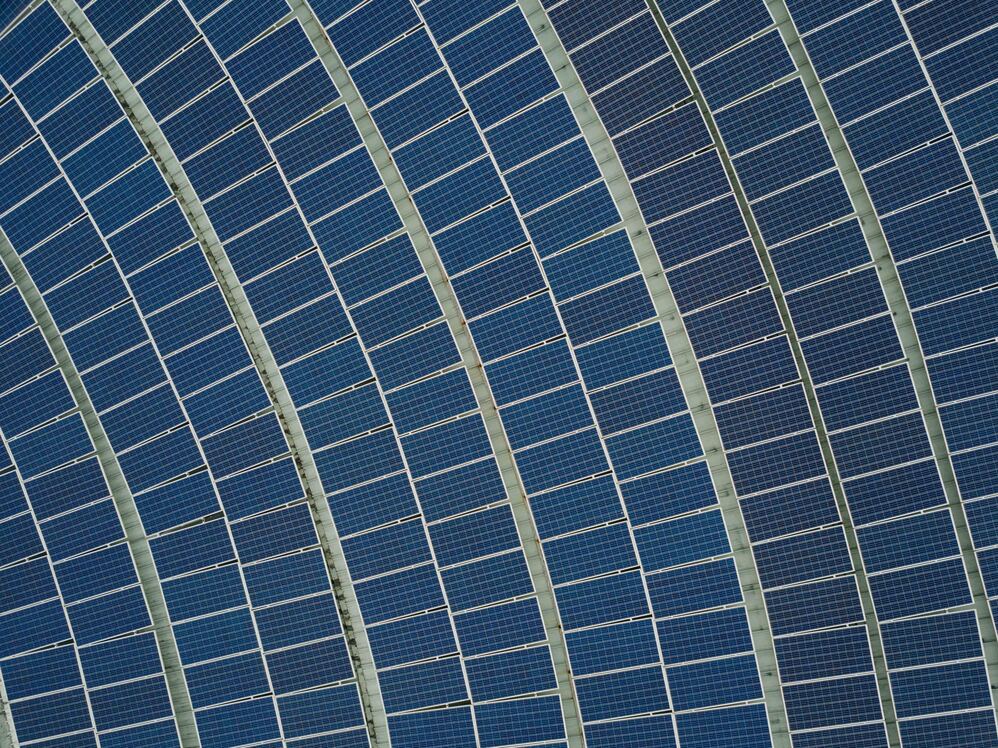
By: Michael Suryaprawira, Ahmad Munawir Siregar
With both China and Western nations experiencing slowing growth, Southeast Asia is looking to be one of the world’s fastest-growing economies this year, with gross domestic product expected to expand 5.2%.
Southeast Asian energy demand is likewise set to keep growing strongly. Under the baseline scenario of the current ASEAN Plan of Action for Energy Cooperation, total final energy consumption is expected to rise 23% by 2025 to 473.1 million tons of oil equivalent compared to 385 million tons at the start of the pandemic in 2020.
Coal, oil and natural gas exploitation still dominate the energy consumption landscape of each ASEAN country. The planned ASEAN Power Grid (APG), however, would interconnect the electricity grids of bloc members to create an integrated power network focused on renewable energy sources.
Through the APG, Singapore last year began importing 100 megawatts of hydroelectric power from Laos through a project that connects the two nations via the power networks of Thailand and Malaysia.
The current focus of the APG initiative is potential interconnections between the power grids of Malaysia and Indonesia, specifically between the island of Sumatra and peninsular Malaysia and in Borneo, between the Malaysian state of Sabah and Indonesia’s North Kalimantan province.
Indonesia has substantial renewable energy potential spread across its many islands, ranging from solar power to wave energy, so Jakarta is keen to play a role in the APG.
Indonesia’s electricity consumption is projected to rise 6% to 7% annually in the coming years. Given the country’s abundant coal reserves, it is unavoidable that coal power plants are now the mainstay of primary generation in Indonesia.
Integration into the APG could help accelerate Indonesia’s efforts to boost renewable power and interconnect its own power systems on a national basis.
The Nusantara Grid project launched in 2020 aims to connect the country’s main islands with high-voltage submarine cables. While Java, the country’s most populated island, has a power surplus, villages on many other islands still lack access to reliable electricity, according to data from PT PLN, Indonesia’s state-owned monopoly power distributor.
Kalimantan, the Indonesian side of Borneo, is generally short of power and lacking in adequate infrastructure. Nusantara, the new capital President Joko Widodo is building in East Kalimantan, is to rely almost entirely on wind, solar and hydropower, but this will require considerable construction of new infrastructure. The effort to put this in place, though, should help to improve the overall power grid of eastern Indonesia.
Indonesia is still seeking to find incentives to draw more private investment into the Nusantara Grid effort. Opening up the power distribution sector could be one option.
A related option that could enhance utilization of renewable energy in remote areas would be what is known as power wheeling. Using this kind of mechanism, independent power producers and private companies could build renewable-based power plants and then sell the electricity directly to residential and industrial customers.
To push along its energy and environmental transformation, Indonesia should strongly commit to the APG initiative and actively collaborate with other ASEAN members. Cross-border coordination and cooperation will be crucial to improving integration to ensure the success of the multilateral power grid.
Encouraging grid linkages in areas with heavy cross-border trading could increase utilization of renewable energy sources. This could support Indonesia’s goal of raising the share of energy it gets from renewable sources by 2025 to 23% from 12.3%.
A solid and transparent regulatory framework will be crucial to facilitate the integration of the APG. Indonesia should focus on developing and implementing policies that enable cross-border electricity trading and promote private-sector involvement.
A key step will be the development of cross-border power purchase agreements encompassing government, corporate and public stakeholders. These would establish pricing mechanisms and supply guarantees, contributing to market harmonization.
At the end of its yearlong chairmanship of ASEAN last week, Indonesia committed to participate in the development of the APG. This should help to catalyze the interconnection of Indonesia’s national power system and help drive ASEAN toward clean and sustainable energy.
The opinion has been published on The Nikkei Asia.
Check the original article by clicking on this text.






